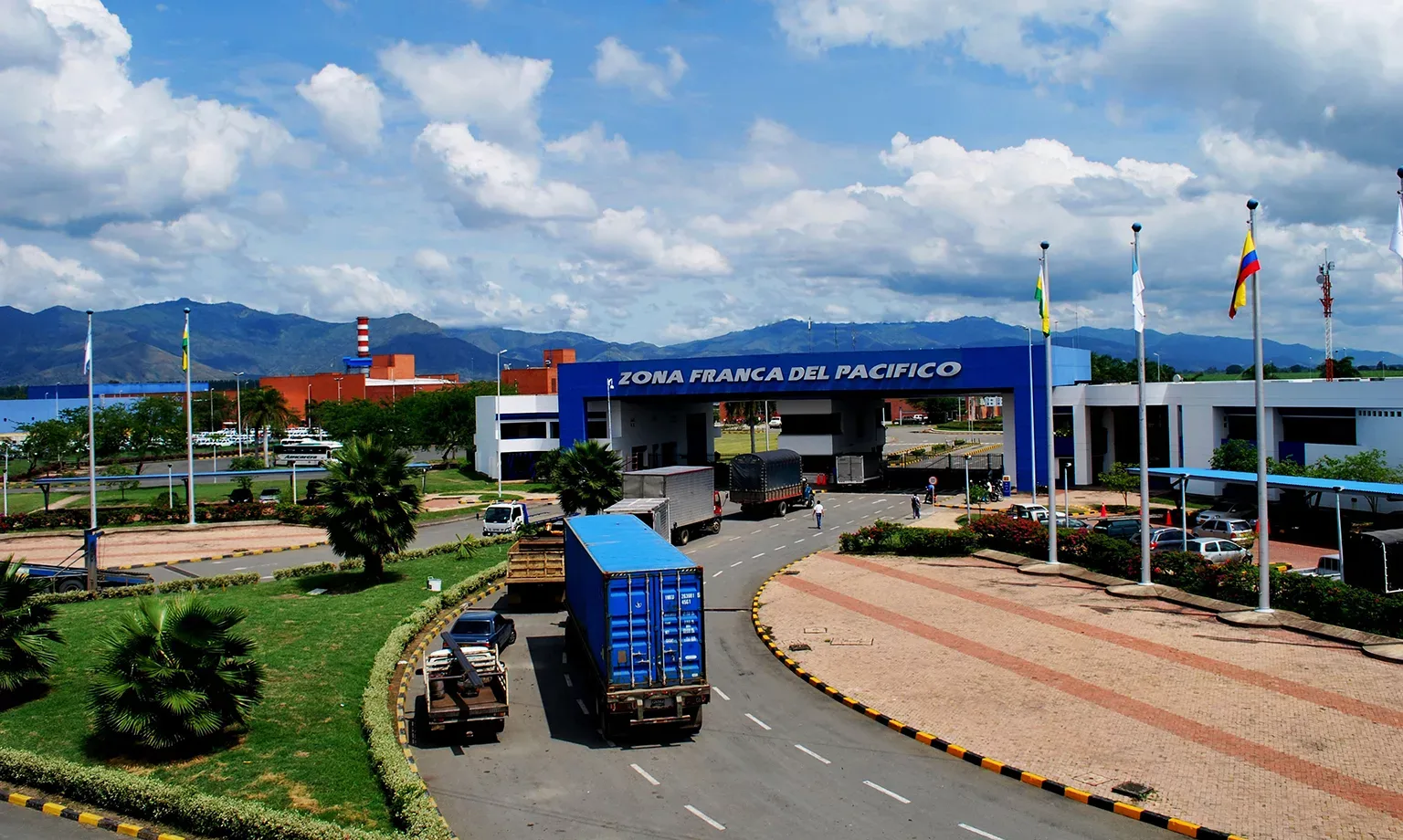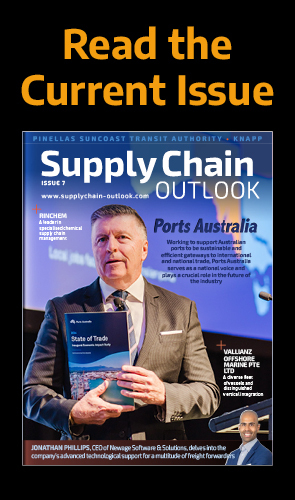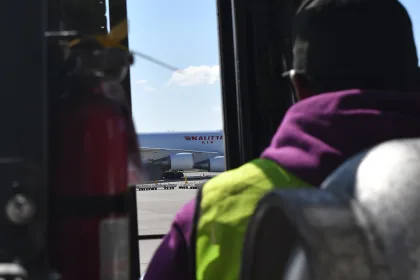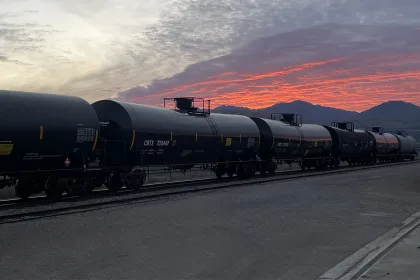In Latin America, free zones are a particularly conducive environment to set up, expand, and do business in. These zones stand out for offering not only tax and customs incentives but also a series of differential incentives that make them especially attractive for investment.
SPOTLIGHT ON FREE ZONES IN LATIN AMERICA
Free zones, of which there are more than 800 in the Latin America region, are natural boosters of foreign trade.
Industrial parks are often strategically located near ports and airports as a result, facilitating logistics and access to international markets, whilst specific programs are designed to foster the export of goods and services, providing companies with a competitive edge.
Another remarkable aspect of free zones is the adaptability, digitalization, and innovation they have developed.
Indeed, these environments have transformed into competitive ecosystems in which companies find access to the latest technologies and collaborative spaces promoting research, innovation, and development, not only improving operational efficiency but also driving business growth.
Free zones also emphasize strong compliance, governance, and sustainability practices and implement robust frameworks to ensure regulatory adherence and ethical business conduct.
Governance structures are in place to promote transparency and accountability, fostering trust among investors and stakeholders. Additionally, sustainability initiatives integrated into their operations focus on environmental responsibility and social impact, enhancing their appeal as investment destinations and supporting long-term viability.
Furthermore, free zones have made significant progress in employee talent. Aware that leading companies require increasingly specialized skills, these zones have implemented training programs and spaces to meet the demand for high-quality expertise.
This approach ensures companies have access to proficient human resources, which is crucial for long-term success.
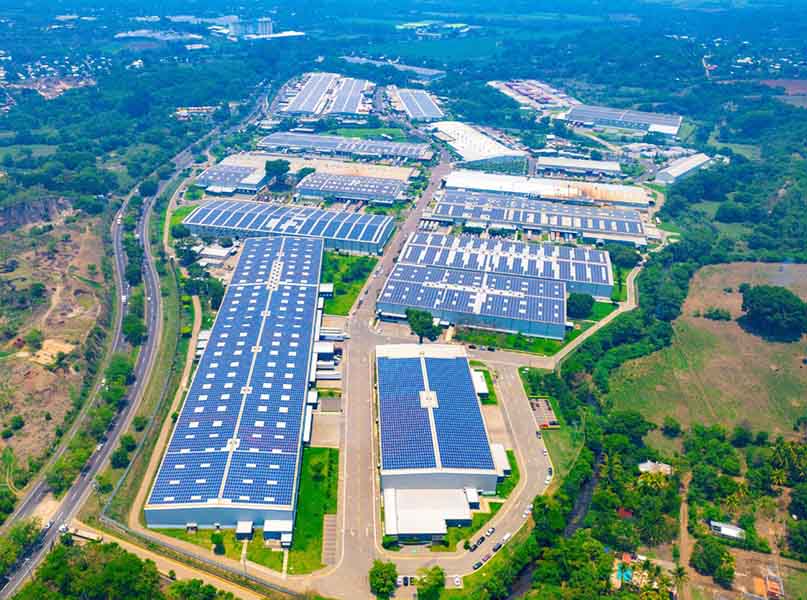
Q&A WITH CLAUDIA PELLERANO, PRESIDENT, FREE TRADE ZONES ASSOCIATION OF THE AMERICAS
The Free Trade Zones Association of the Americas (AZFA) promotes and positions the free zone regime in the region. President, Claudia Pellerano, highlights free zones as a key instrument to enhance the competitiveness of Latin American countries and attract investment, whilst newly appointed Executive Director, Julio Rodriguez, tells us about his plans for the role.
Firstly, could you talk us through the role of AZFA in promoting free zones in Latin America?
Claudia Pellerano, President (CP): AZFA was founded with the mission to promote and position the free zone regime in the region, highlighting it as a key instrument to enhance the competitiveness of countries and attract investments.
From the beginning, AZFA has been committed to developing strategies that position free zones as ecosystems of competitiveness.
AZFA acts as a platform that brings together the different actors in the sector, projecting the positive impact of free zones on regional development. Aware that the best promotional tools are facts and data, AZFA has become the primary source of regional information for the sector, positioning itself as the most influential advocate. Through our publications and activities, we consistently demonstrate this regime’s importance and its positive impact on the countries that best leverage it.
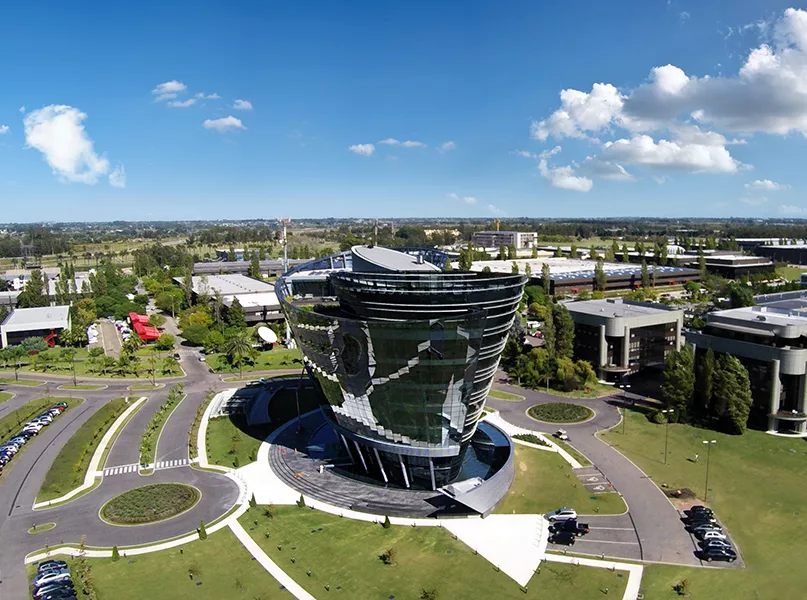
What benefits are there to investing in Latin American free zones?
CP: Besides tax and customs exemptions, free zones in Latin America offer a wide range of benefits that make them highly attractive environments for investment. These areas feature first-class infrastructure, including modern industrial facilities, advanced logistics services, and access to efficient transportation networks, facilitating the movement of goods and reducing operating costs.
Free zones are designed to ease international trade by offering simplified customs procedures and access to preferential trade agreements, allowing companies to export and import products more efficiently and at lower costs.
Legal stability and investment protection are also crucial aspects; many free zones in the region offer stable and transparent legal frameworks. Additionally, they benefit from a more flexible regulatory environment compared to the rest of the country, including more favorable labor, environmental, and contracting regulations for companies.
Another highlight is the focus on innovation and technological development, with specific incentives for research and development (R&D) activities such as subsidies, access to innovation funds, and collaborations with universities and research centers. Additionally, establishing and operating within a free zone is often faster and less bureaucratic, facilitating a quick start of operations and reducing associated costs.
Free zones foster a collaborative environment where companies from various sectors can share knowledge and develop more efficient supply chains. Finally, many of these areas are adopting sustainable practices, offering additional benefits to companies committed to social responsibility and environmental sustainability, including certifications, access to renewable energy, and other programs. These benefits, combined with the diversity and dynamism of Latin American markets, make free zones a privileged environment for investment and business growth.
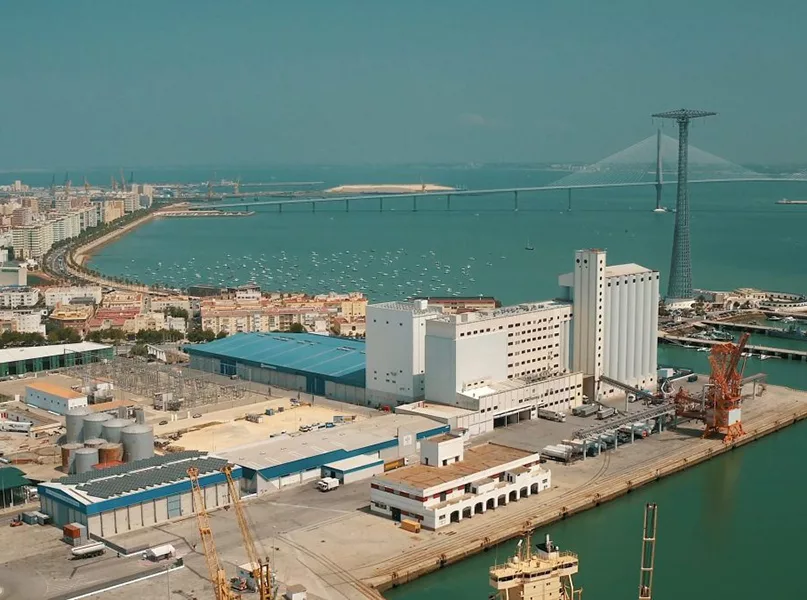
How critical are free zones to the prosperity and success of the region?
CP: Free zones are fundamental to the prosperity and success of Latin America. They act as engines of economic growth, generating employment, attracting foreign direct investment (FDI), and fostering the transfer of technology and knowledge.
They also play an important role in promoting industrialization and economic diversification in countries that might otherwise be overly reliant on traditional sectors. Free zones host more than 10,000 companies, which in some countries contribute up to 15 percent of gross domestic product (GDP) and generate nearly two million jobs with comprehensive working conditions, in addition to returning up to seven times the tax exemptions to their economies.
Free zones facilitate the region’s integration into the global economy by promoting foreign trade and improving the trade balance of countries by encouraging exports. Often, free zones generate 60 percent of a country’s total exports, many of which are high-value goods and services. Additionally, they contribute to the creation of infrastructure and the development of local capacities, benefiting not only the companies operating within these zones but also the surrounding communities.
The adaptability and innovation that characterize many free zones in Latin America position them as ideal spaces for the development of emerging industries and cutting-edge technologies, contributing to the economic modernization of the region. For these reasons, free zones are not only an essential component of regional economic growth but also a pillar for long-term stability and prosperity in Latin America.
“Free zones are fundamental to the prosperity and success of Latin America. They act as engines of economic growth, generating employment, ATTRACTING FDI, and fostering the transfer of technology and knowledge”
Claudia Pellerano, President, Free Trade Zones Association of the Americas
Why is AZFA the region’s most important free zone association?
CP: AZFA brings together the key players in the free zone sector, becoming the “umbrella” organization that encompasses operational free zones, associations that represent and position this regime, government entities, users, consultants, and free zone providers. This results in constant and active networking, with the participation of prominent members in each of its categories. AZFA has a significant level of representation, covering more than 20 countries, which strengthens its influence and relevance in the region.
AZFA has established itself as the most important regional free zone association, demonstrating continuous leadership in promoting and positioning the free zone regime in Latin America. Its ability to bring together key sector players allows it to have a comprehensive and strategic vision of the needs and opportunities in the region, positioning it as an essential reference for the development and strengthening of these areas.
One of AZFA’s most notable aspects is its ability to influence public policy at the regional level, promoting regulatory frameworks that enhance competitiveness and attract investment. Through its efforts, AZFA has managed to create a more favorable environment for economic growth and regional integration, strengthening its role as a key player in shaping the future of free zones.
AZFA is not just a networking space; it also generates business opportunities and joint growth for entrepreneurs. Although many members compete to attract investment to their respective countries or parks, the collaboration through AZFA has created a community that develops joint strategies to grow collectively, promoting and strengthening the free zone regime in each country. This underscores the importance of the instrument and its impact on the region.
Moreover, AZFA has been a pioneer in developing strategies that transform free zones into true ecosystems of competitiveness. They are not just spaces for production and trade but have become engines of innovation, technological development, and sustainability. This innovative vision positions free zones as crucial players in the economic and social development of the region.
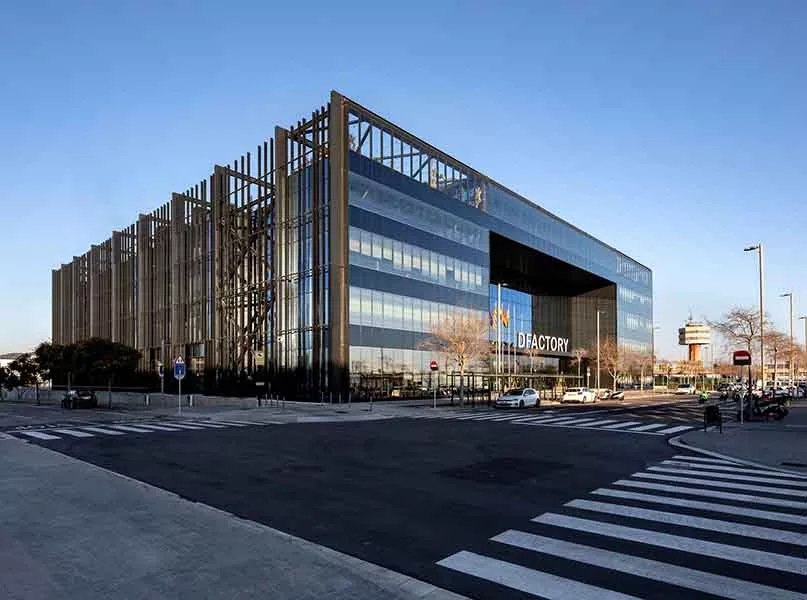
What services and benefits do AZFA offer, and how do they position members as influential players in the industry?
CP: Advocacy and representation – AZFA serves as the collective voice of its members before governments and international organizations, supporting the interests of the free zone sector and advocating for favorable regulatory frameworks. This ensures that the concerns and needs of the industry are heard and addressed at the highest levels of policymaking, which is crucial for the sustained growth and stability of the sector.
Access to information and analysis – Members of AZFA have exclusive access to resources, including studies, reports, statistics, and market analyses, which are essential for making informed strategic decisions. This access to data and insights helps members stay ahead of industry trends and adapt to changing market conditions.
Training and talent development – AZFA organizes seminars, workshops, and training programs to enhance the skills and knowledge of professionals in the sector. This focus on continuous learning ensures that members are equipped with the latest industry practices and innovations, which in turn helps them maintain a competitive edge.
Networking and alliance building – We facilitate interaction among members, enabling the creation of strategic alliances and the exchange of best practices. This collaborative environment fosters partnerships that lead to new business opportunities and shared success within the industry.
International visibility and promotion – The association helps its members gain international recognition by promoting their projects, achievements, and innovations on a global stage. This increased visibility can attract new investors, partners, and clients, further strengthening members’ position in the market.
Collaboration platform – AZFA provides a platform for collaboration on critical issues, such as the development of sector-specific policies and the creation of quality standards. This collaborative approach helps ensure that the industry evolves in a way that benefits all stakeholders, leading to more cohesive and effective sector growth.
These services and benefits not only support the growth and success of individual members but also contribute to the overall strength and influence of the free zone industry across the region.
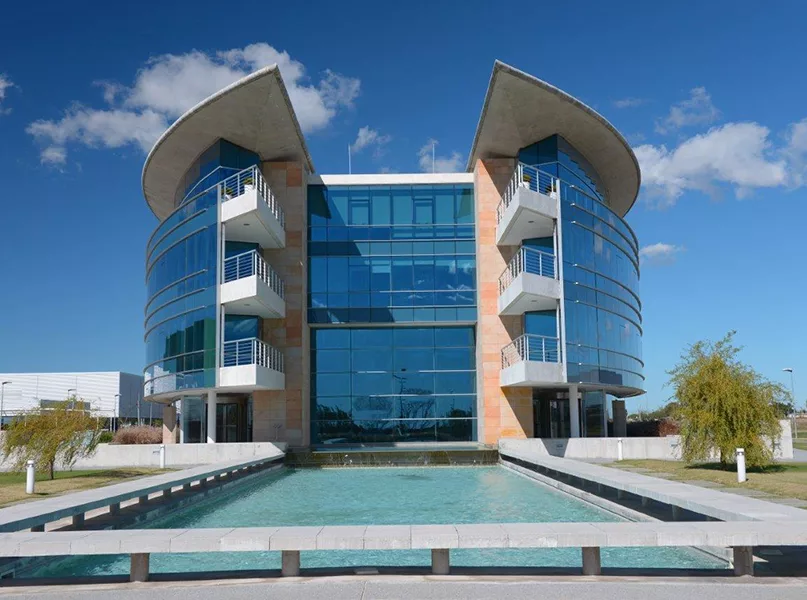
What projects or initiatives are the association involved in for the rest of 2024 and beyond?
CP: AZFA is currently undertaking several significant projects and initiatives for the remainder of 2024 and beyond. One of the key efforts is the update of the Legal Guide, a vital document that compiles the most prominent and distinctive aspects of free zone legislation across Latin America.
This guide is essential for providing clear, up-to-date information on the legal frameworks that govern free zones in the region. Additionally, AZFA is updating the latest data on free zones in its Statistical Book of Free Zones, recognizing the importance of accurate and relevant statistics as the main tool for promoting and supporting the free zone regime.
In parallel, AZFA is working on reports focused on Free Zones 4.0, aiming to showcase best practices, highlight successful cases, and identify areas for improvement within the region’s free zones. This initiative is part of a broader effort to position free zones as ecosystems of competitiveness, counteracting negative perceptions and demonstrating the real impact these zones have on businesses, individuals, countries, and the region as a whole.
One of the highlights of AZFA’s calendar is the XXVII Ibero-American Free Zones Conference, set to take place from 13th to 15th November. This in-person event will bring together leaders in the sector, government representatives, and top-tier speakers to discuss the latest trends in technology, human talent, security, and sustainability within free zones. The conference provides a key opportunity for stakeholders to explore the vast opportunities within these competitive ecosystems.
Beyond these events, AZFA is also organizing webinars and training sessions which serve as platforms to enhance knowledge about free zones, helping participants better understand their benefits and how to maximize them. These sessions will also provide insight into current trends and areas of focus for free zone parks and developers, ensuring they remain relevant and attractive to investors.
Through these initiatives and other ongoing projects, AZFA is committed to significantly contributing to its primary mission – promoting, supporting, and positioning the region’s free zones as ideal instruments for comprehensive regional development.
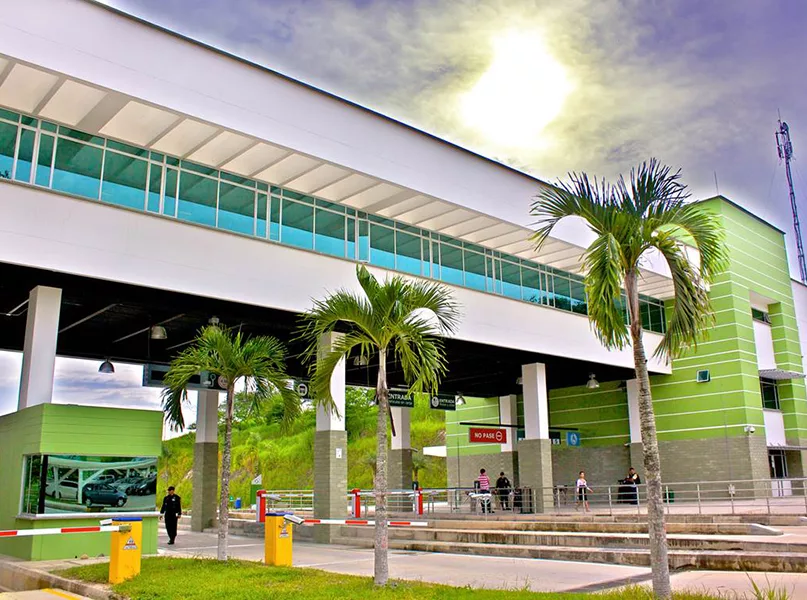
Finally, how do you see free zones developing in Latin America over the coming years?
CP: The future of free zones in Latin America looks very promising and full of opportunities as these competitive spaces continue to adapt and implement new practices to drive economic development in their countries and across the region.
In terms of FDI, free zones will continue to be magnets for this type of investment, capitalizing on business relocations and expansions. They position themselves as ideal environments for companies to expand, bringing them closer to markets and providing comprehensive spaces to develop new business ventures. Additionally, governments in the region are increasingly committed to offering incentives and improving infrastructure to make their free zones even more attractive to international investors.
We also foresee significant progress in the digitalization and adoption of new technologies in free zone operations. These areas are creating smart environments that optimize processes and foster innovation, thereby enhancing their competitiveness and attracting high-value technology companies and Industry 4.0 enterprises.
Moreover, thanks to the constant efforts we have implemented on various fronts, we are confident that in the future, free zones will be even more committed to sustainable practices. They will not only comply with international standards but also add value to company operations.
Many of these zones are transitioning towards eco-industrial park models, committed to generating clean energy and reducing their carbon footprint. This not only contributes to the achievement of the UN’s Sustainable Development Goals (SDGs) but also attracts companies that prioritize sustainability in their operations.
We expect to see a more integrated sector where free zones develop models that complement each other, boosting trade between countries and creating regional industrial models and value chains among companies located in these zones, whilst the social factor is also not overlooked.
Free zones are positioned as job creators but go beyond that by offering environments where people can train and specialize, contributing their skills to the industry in a setting that promotes well-being. These are spaces for both professional and personal development, where free zones are not just workplaces but also areas of well-being and growth for individuals.
Furthermore, an increasing number of free zones are implementing community support programs, benefiting not only those within the parks but also the surrounding communities, generating a significant impact and fostering the comprehensive development of economic sectors around these zones.
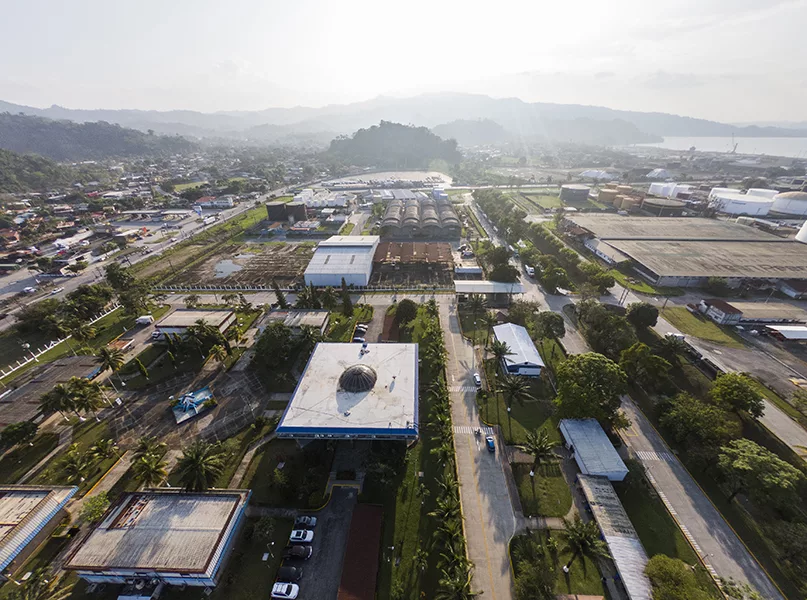
Q&A WITH JULIO RODRIGUEZ, PRESIDENT, FREE TRADE ZONES ASSOCIATION OF THE AMERICAS
As the new executive director of AZFA, what are your plans in the role?
Julio Rodriguez, Executive Director: “During the last few years, AZFA has become one of the most relevant actors in the international trade and special zones scenario. It is quite a challenge to maintain this level of visibility and recognition around the world’s global trade organizations. To remain one of the most influential organizations related to free zones, it is important to focus efforts on the main tasks drafted by our internal committees: innovation, promotion, nearshoring, and legal.
“Regarding innovation, AZFA will continue working in partnership with our associates to establish and define the pillars and main drivers that define the free zones of the future. In this regard, factors such as innovation, sustainability, security, connectivity, and human resources will be at the center of our discussions.

“AZFA is also positioning the free zones of the region beyond the typical idea of free zones as mere industrial parks with some tax and customs benefits. In our association, we truly believe that our free zones are the place where competitiveness meets sustainability and, in that sense, should be recognized as competitiveness ecosystems.
“As per the phenomena of nearshoring, AZFA should enhance its efforts to capitalize on the new opportunities presented by global geopolitics and current economic trends. Hence, the association and the free zones should serve as support points for the countries in their efforts to attract investments.
“Finally, it is important to keep an eye on the legal frameworks of our countries in order to understand and monitor how regional regulations can act as boosters of FDI attractiveness and, on the other hand, identify what type of new initiatives may affect the development of the mechanism.”



